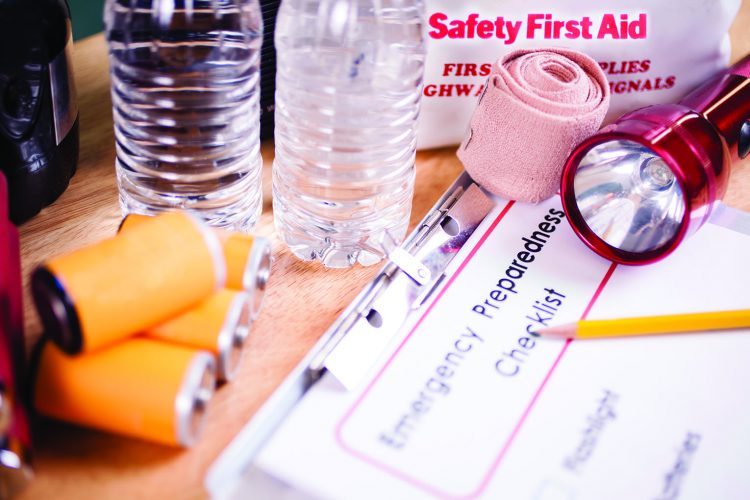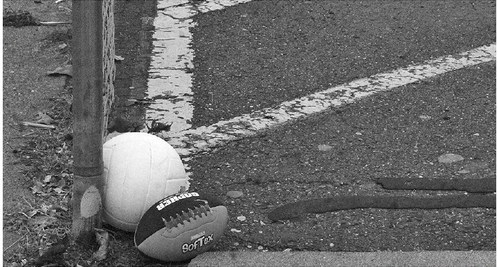Plan ahead to ride out disaster, no matter where you are


Every area of Wisconsin can face disasters, and it is important to have a planned response, whether at home, work, school or on the road. To help all Wisconsinites be ready for any emergency, September is Preparedness Month in Wisconsin.
“Disasters can strike at any time,” said Wisconsin Emergency Management administrator Greg Engle. “While many emergencies can happen with little notice, the best way to prepare, is to develop an emergency plan, know what threats can affect your area, and know what resources are available to help you stay informed during a disaster.”
This year’s preparedness campaign is focusing on preparing older adults for disasters.
“As people age, their needs and capabilities change,” said Engle. “It is important to take any challenges you may face into consideration during the emergency planning process, to prevent or minimize disaster effects.”
Some steps to consider when preparing older adults for an emergency, include the following:
• How to stay in contact with others, if communications are disrupted.
• Planning transportation, if evacuation assistance is needed.
• Making copies of Medicaid, Medicare and other insurance cards.
• Electronic payment deposits for Social Security or other benefits.
• Include items in an emergency supply kit, such as medicine, medical supplies, batteries and chargers.
• Talk to a caregiver on what may be expected and required for assistance before, during and after a disaster.
Everyone is encouraged to prepare by doing the following: • Creating or updating a disaster plan. This should include what to do in the event an emergency or disaster forces a family to remain at home for several days, or if they are forced to leave the home. Make sure the plan is practiced.
• Create a disaster kit that includes three days of supplies, such as water and non-perishable food, a first-aid kit and flashlights. Remember to think about medical needs and don’t forget to include supplies for pets.
• Talk to children about what to do at home, school, daycare or when they are not at home. Make sure they know who to contact and identify a safe meeting place.
• Identify disasters that are likely to affect the community and the resources available to respond.
• Review insurance policies to make sure there is adequate coverage for the home and other property. Remember that most policies do not cover flood damage, which will typically require its own policy.
• Get emergency notifications by cell phone. When emergencies strike, public safety officials use timely and reliable systems to alert residents. These include Wireless Emergency Alerts (WEAs) that can broadcast from cell towers to any WEA-enabled mobile device in a targeted area. Check with local emergency management on other emergency messaging systems available in the area.
• Take steps to prepare the home. This includes maintaining property, such as trimming tree branches, cleaning gutters and securing shingles on the roof.




